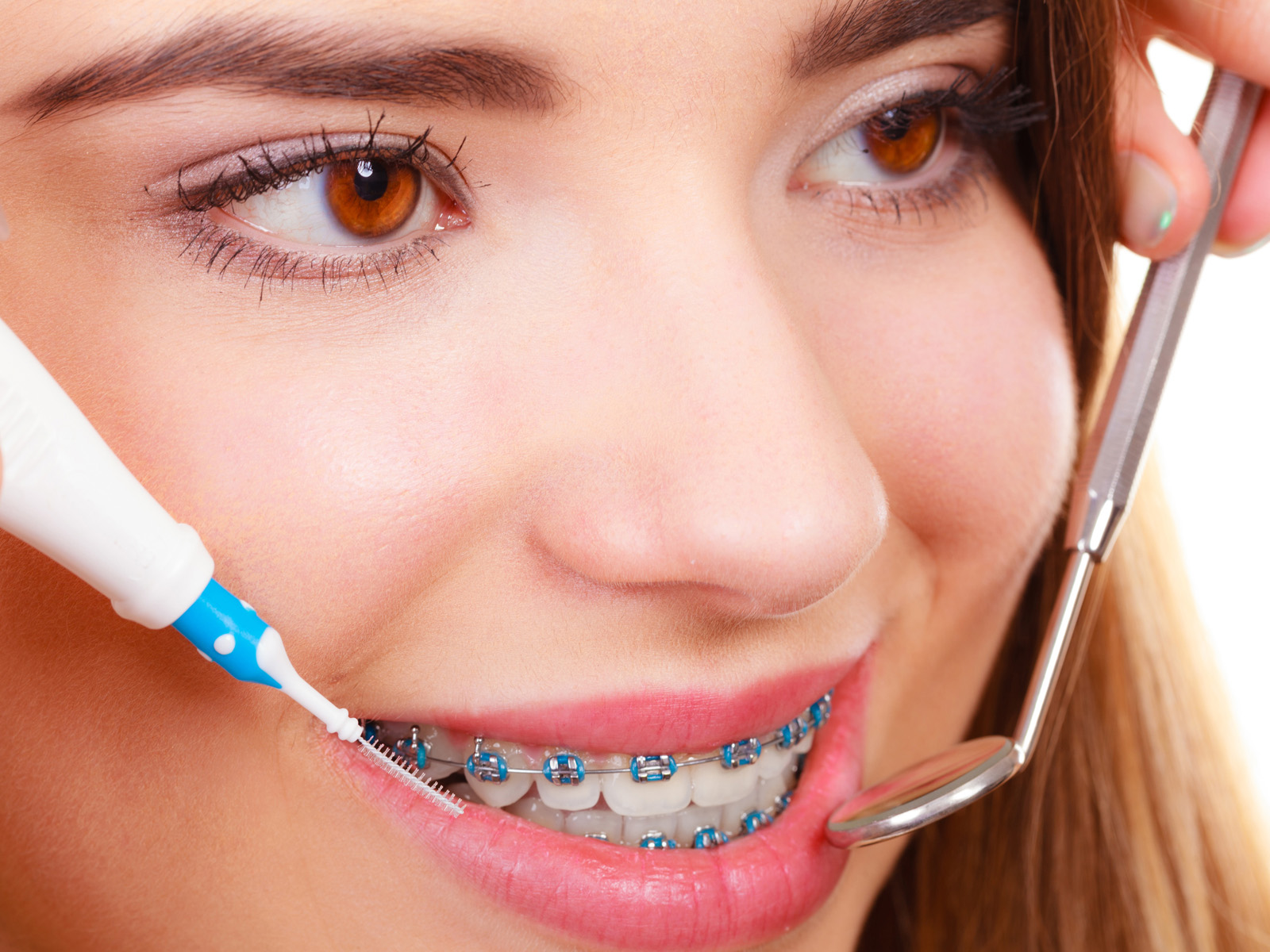Blog
Dental hygiene tips for healthy teeth & gums

Is it safe to wear braces?
Having braces is generally considered safe, however, there are some risks associated with their use.
The following are some of the risks associated with dental braces.
Tooth decay and gum diseases
While wearing braces, the region of the teeth and gums that are near to or under archwires and brackets are extremely difficult to clean. When teeth aren’t cleaned properly, food particles can get trapped in these areas. This enables the dental plaque to amass, which builds the risk of tooth decay and gum disease.
It is urgent to keep up with appropriate oral hygiene by brushing thoroughly no less than two times every day and flossing somewhere around once per day while wearing braces to prevent these sorts of dental health issues.
Allergic reactions
It is very rare that a patient may experience an allergic reaction to the latex rubber in the elastics or to the metal used in braces. If you have any known allergy to nickel or latex, you should first inform your dentist before starting any treatment. In these cases, there are latex-free elastics and alternative metals that can be used to avoid any allergic reactions.
Soft tissue injuries and canker sores
Whenever you wear braces, your inward cheeks, lips, and gums might feel sore where they have contact with the brackets and wires.
You could moreover end up developing canker sores where the sensitive inner mouth tissues rub against the hard metal parts of the braces.
If either of these issues arise, your dentist can prescribe the appropriate treatment to reduce pain and irritation, and help heal the sensitive spots.
Root resorption
Root resorption is a shortening of the roots during braces. Once in a while this will be nothing more than a slight blunting of the root tips, and won’t result in any long-term issues for those teeth. More rarely, a few patients could encounter one-half or more of the root shortening away. This could essentially affect the long-term overall health and stability of the affected teeth.
Even though the precise cause of this is not completely known, wearing braces over a long period (beyond 2-3 years) does seem to increase the chances of it happening. Many dentists take initial, mid-treatment, and final x-rays to check if any root resorption has occurred during the treatment.
How to reduce these risks?
There are some of the things that patients can do to help reduce the risks associated with dental braces.
Good oral care while the dental braces are placed is vital. Patients ought to be encouraged to brush their teeth after each meal with a soft-bristled toothbrush and fluoride toothbrush whenever possible.
It is also crucial to rinse the mouth thoroughly to ensure that any pieces of food that may be lodged in the braces are removed.
So, the bottom line is that regular checkups with the dentist help to ensure that the teeth and gums remain healthy.
Schedule your appointment with a dentist today and get the treatment on time!
